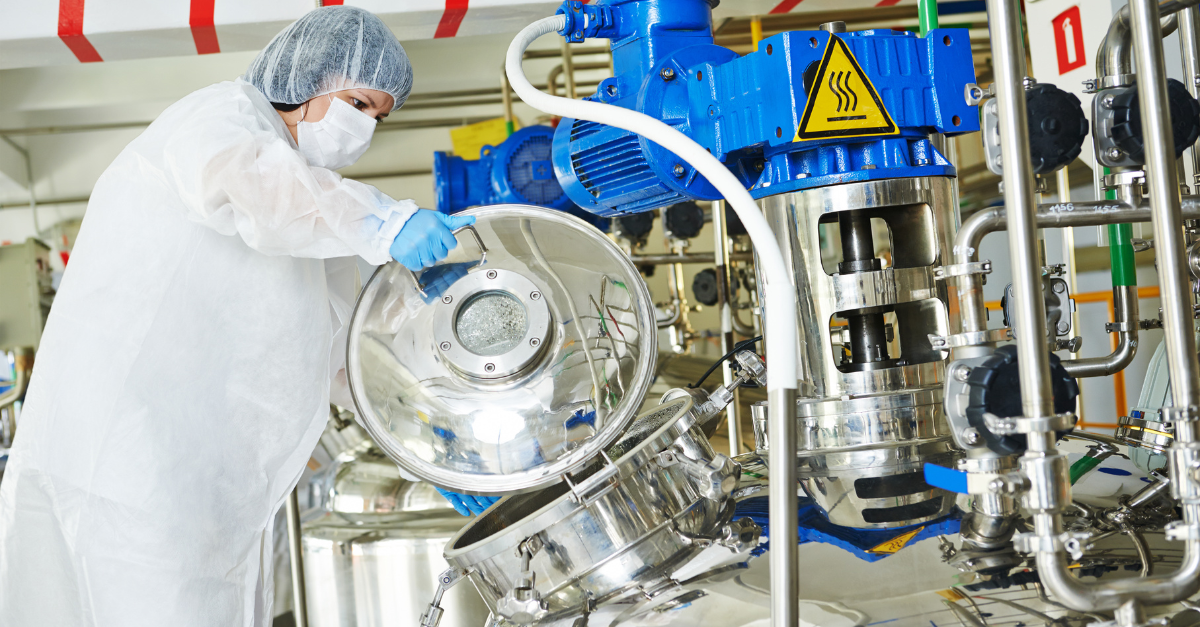When manufacturing pharmaceuticals, the risk of contaminants impacting pharmaceutical safety, efficacy and purity is real.
Contamination control is increasingly becoming a focus for regulatory bodies (although it has always been important), with the expectation to now have a documented Contamination Control Strategy (CCS) for pharmaceutical manufacturers.
"Contamination of a starting material or of a product by another material or product should be prevented…contamination of all products poses risk to patient safety dependent on the nature and extent of contamination"
PIC/S Guide to Good Manufacturing Practice for Medicinal Products PE-009-16 Part I Clause 5.18 (part)
CCS is a critical strategic document/plan that describes the contamination risk management strategy and associated governance to decide the continuous improvements and investment plans to prevent contamination. Therefore, developing such a document requires a cross-functional team of experts with good production, QRM, and regulatory knowledge.
So, what can you do to ensure your CCS complies with regulatory expectations?
Consider the following.
What is Contamination?
- The act of contaminating or polluting, including either intentionally or accidentally, unwanted, and potentially dangerous substances or factors.
- Also, simply the state of being contaminated (with something you don’t want and don’t expect to be present)
- Contamination can be:
- Physical – e.g. dust, fibres, human skin cells, particles
- Chemical – e.g. cleaning agent residues, process gasses, molecules, vapour
- Microbiological – e.g. bacteria, virus, yeast, mould
Where can Contamination Come From?
There is a multitude of potential sources of contamination; some are listed below:
- Buildings and Premises
- Services and Utilities
- Environment
- Equipment
- Starting and Packaging Materials
- Process and Production
- Sampling Procedures
- Cleaning Agents
- And the biggest star of contamination – PEOPLE!

What is Contamination Control?
Contamination Control is a set of systems and techniques that ensure the minimisation or reduction of contamination.
"A Quality Risk Management process…should be used to assess and control cross-contamination risks presented by the products manufactured"
PIC/S Guide to Good Manufacturing Practice for Medicinal Products PE-009-16 Part I, clause 5.20 (part)
"The outcome of the Quality Risk Management process should be the basis for determining the extent of technical and organisational measures required to control risks of cross-contamination."
PIC/S Guide to Good Manufacturing Practice for Medicinal Products PE-009-16 Part I, clause 5.21 (part)
Examples of technical measures:
- Dedicated manufacturing facility
- Design of manufacturing process, premises, and equipment
- Dedicated equipment
- Use of airlocks
- Use of single-use technologies
Examples of organisational measures:
- Supervision of working behaviour to ensure training effectiveness and compliance with relevant procedural controls
- Recording of spills, accidental events or deviations from procedures
- Cleaning verification
- Specific processes for waste handling
How can Contamination Control Strategy be Implemented or Strengthened?
To start, the product quality needs to be defined, along with determining the contaminants of concern (the types). Then, determine the source of the contaminants and the routes of transmission. Following this, establish strategies to prevent contamination and implement monitoring and testing programs to detect contamination.
"Measures to prevent cross-contamination and their effectiveness should be reviewed periodically according to set procedures"
PIC/S Guide to Good Manufacturing Practice for Medicinal Products PE-009-16 Part I, clause 5.22
An initial risk assessment should be a critical step in implementing the CCS…but don’t ‘set and forget! The CCS should be considered a living document and can continually be strengthened. Ongoing risk assessment should be applied whereby the initial risk assessment for the area/facility/process should be periodically reviewed and updated as necessary.
Why is Contamination Control Critical to Product Quality?
- To minimise risk to patient
- To ensure the product remains safe, pure and effective
- Because we cannot test for each contaminant and impurity
- To avoid costly recalls (both dollar value and company reputation)
In short, failure to maintain a CCS can lead to detrimental effects on the quality and safety of products. Your CCS must be robust!
For further information, SeerPharma offers courses SP6537: Contamination Control and SP6530: Changes to Annex 1 – Manufacture of Sterile Medicinal Products
